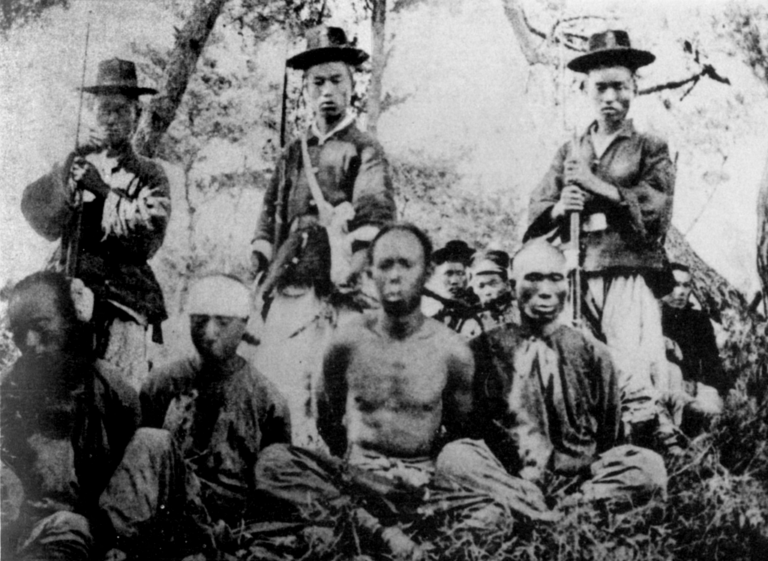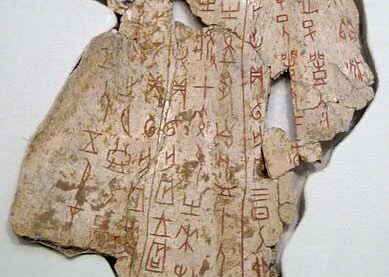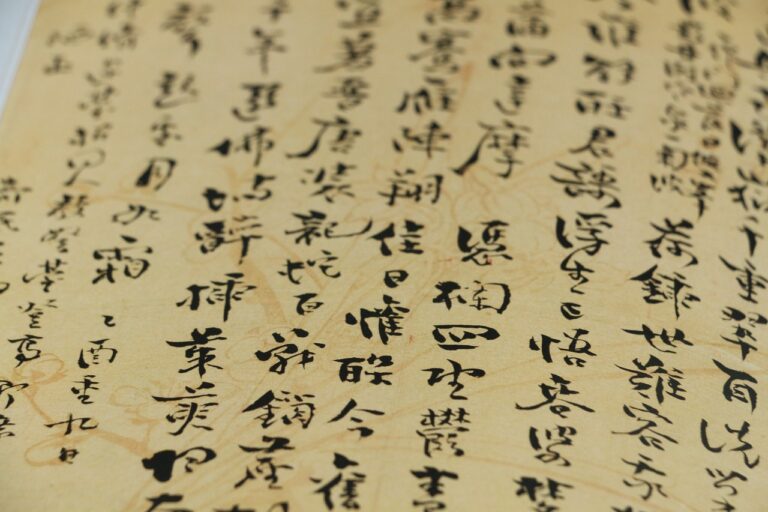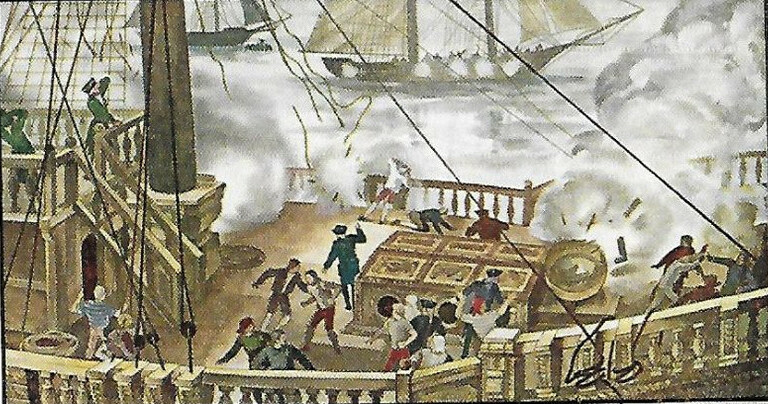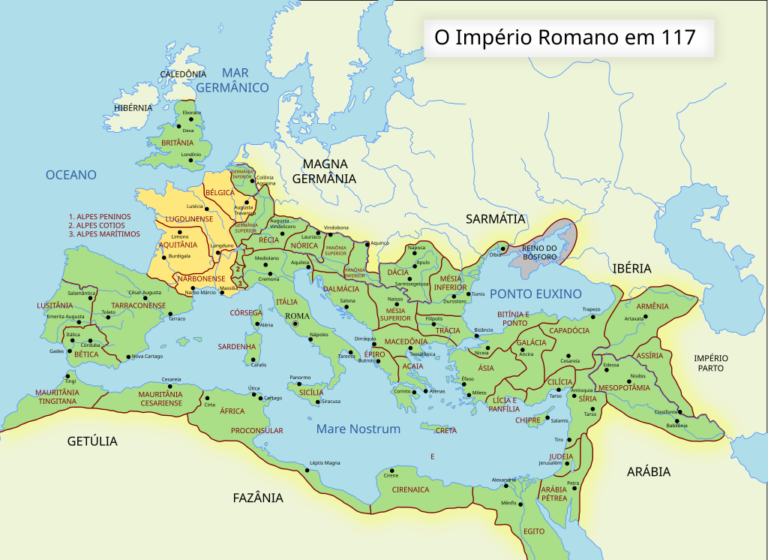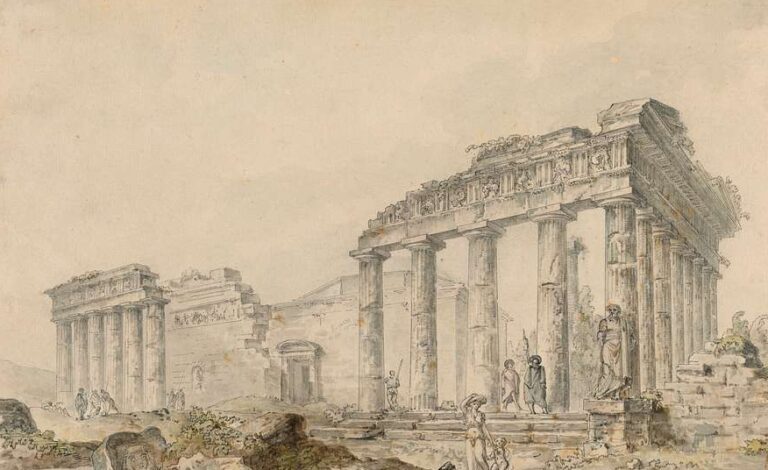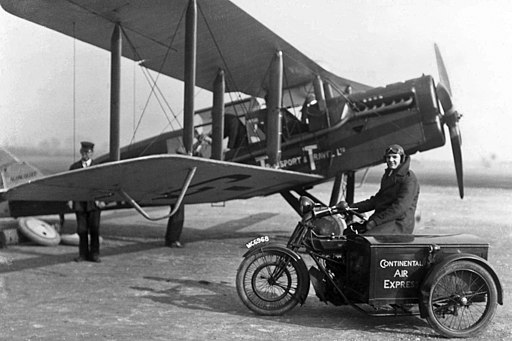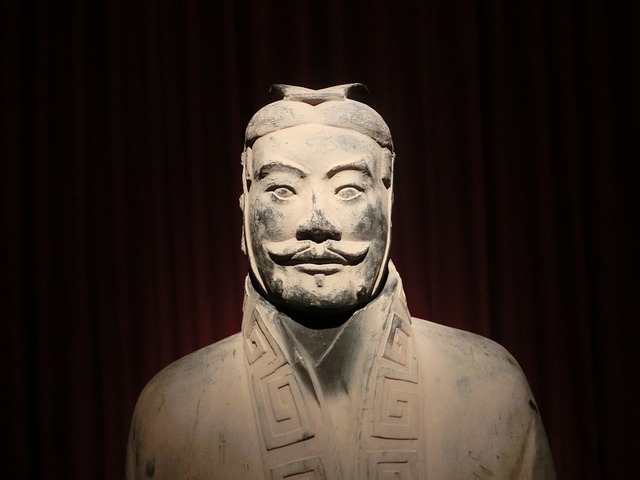
The Terracotta Army is one of the most significant archaeological discoveries of the 20th century, captivating historians and tourists alike. Unearthed in Xi’an, China, this collection of life-sized clay soldiers provides a glimpse into the grandeur of China’s first emperor, Qin Shi Huang, and his elaborate plans for the afterlife. Here are some of the most intriguing facts about this extraordinary archaeological site.
- The Terracotta Army was constructed to accompany Emperor Qin Shi Huang, the founder of the Qin Dynasty (221–206 BCE), into the afterlife. Qin Shi Huang believed in life after death and wanted a fully equipped army to protect him in the next world.
- The Terracotta Army was discovered in 1974 by local farmers digging a well. What they unearthed turned out to be one of the greatest archaeological finds of all time. The site consists of three main pits, covering an area of about 16,300 square meters, with over 8,000 soldiers, 130 chariots, and 670 horses unearthed so far.
- One of the most astonishing aspects of the Terracotta Army is that no two soldiers are alike. Each figure has distinct facial features, hairstyles, and expressions, showcasing remarkable craftsmanship and attention to detail. The variety in their armor and weaponry also reflects their rank and role in the military hierarchy.
- The Terracotta Army represents just a portion of the vast garrison within Qin Shi Huang’s mausoleum, which spans nearly 56 square kilometers. Much of the site remains unexcavated, with excavation and restoration of the terracotta figures still underway.
- Though the Terracotta Army appears in shades of grey and brown today, the figures were originally painted in vibrant colors. Reds, blues, greens, purples, and golds adorned the soldiers, adding a lifelike appearance.
- Despite being over 2,200 years old, the Terracotta Army demonstrates advanced manufacturing techniques. Artisans used assembly-line methods to produce the soldiers, with standardized body parts created in molds and then assembled.
- The Terracotta Army was armed with real weapons, including swords, spears, crossbows, and arrowheads. These weapons were treated with a chromium coating, which preserved them for over two millennia.
- It is estimated that more than 700,000 laborers worked tirelessly for nearly 40 years to construct the Terracotta Army and the surrounding tomb complex.
The Terracotta Army is more than just a collection of statues; it is a testament to the ambition, ingenuity, and artistry of ancient China. Each soldier tells a story of an emperor’s quest for immortality and the grandeur of his reign.

